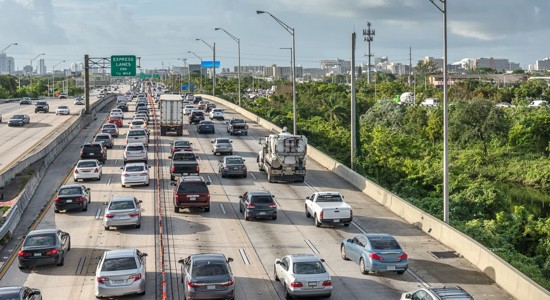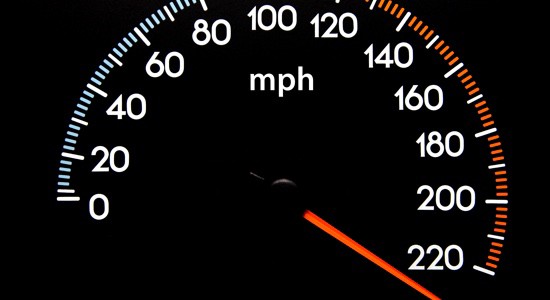 United States (English)
United States (English)
Shopping Cart
Empty Cart
Part No: {{entry.product.code}}
Quantity: {{entry.quantity}}
Total {{cartInfo.totalPriceWithTax.value | currency:"$"}}
Total {{0 | currency:"$"}}
 United States (English)
United States (English)
Part No: {{entry.product.code}}
Quantity: {{entry.quantity}}
Total {{cartInfo.totalPriceWithTax.value | currency:"$"}}
Total {{0 | currency:"$"}}
Asia Pacific
Europe, Middle East, Africa
 România (Română)
România (Română)
 European Union (English)
European Union (English)
 België (Nederlands)
België (Nederlands)
 Belgique (Français)
Belgique (Français)
 France (Français)
France (Français)
 Deutschland (Deutsch)
Deutschland (Deutsch)
 Italia (Italiano)
Italia (Italiano)
 Nederland (Nederlands)
Nederland (Nederlands)
 Polska (polski)
Polska (polski)
 Россия (русский)
Россия (русский)
 South Africa (English)
South Africa (English)
 España (Español)
España (Español)
 Україна (українська)
Україна (українська)
 United Kingdom (English)
United Kingdom (English)
 Česko (Česká republika)
Česko (Česká republika)
 United Arab Emirates (English)
United Arab Emirates (English)
North America

Speeding drivers, people tailgating and motorists weaving in and out of traffic – you don’t have to drive very far to realize that courtesy on the roadways is in short supply. From interstate highways to rural two-lane roads, it seems like our roads are filled with angry drivers.
Better known as aggressive driving, these rude driving habits can lead to trouble on the road, including road rage and accidents. Unfortunately, you don’t have to engage in aggressive driving tactics to get caught in the crossfire. Read on to learn what you can do to avoid aggressive driving or how to defuse a tense situation.

The National Highway Traffic Safety Administration (NHTSA) defines aggressive driving as “The operation of a motor vehicle in a manner that endangers or is likely to endanger persons or property.1” Acts of aggressive driving can include:
Aggressive driving can quickly escalate to road rage and may include rude gesturing; shouting at another driver; confrontation; physical assault; and, in extreme cases, murder. Aside from gesturing and yelling, NHTSA characterizes road rage as a criminal act of violence1.

Aggressive driving and road rage go hand-in-hand, with acts of aggressive driving contributing to road rage. There is little doubt that our fast-paced society plays a large role in the increase of aggressive driving and road rage episodes. NHTSA has identified six factors that contribute to the uptick in aggressive driving1:
Traffic jams – Traffic delays or traffic congestion is frustrating for drivers, causing some to speed or engage in other risky behavior.
Running late – Running behind schedule for work or an appointment is a frequent excuse offered to officers when pulling drivers over for a traffic violation.
Anonymity – Being insulated in a vehicle can give a driver the feeling of anonymity, causing them to act in ways they wouldn’t if others knew their identity.
Disregard for the law – Respect for authority and rules have diminished, contributing to a feeling of entitlement to break traffic laws.
Disregard for others – How many times have you lamented the decline of civility in society? A blatant disregard for others can lead some to perform dangerous moves while behind the wheel.
Habitual behavior – Most drivers avoid aggressive driving, however there are some that frequently or chronically employ aggressive maneuvers.

The stats on aggressive driving and road rage show the extent of the problem. A 2016 study by AAA found that nearly 80% of drivers expressed significant anger, aggression or road rage while driving at least once in the past year2. Even more shocking was findings that suggest about 8 million drivers participated in extreme acts of road rage like exiting their vehicle to confront another driver or ramming their car into another vehicle on purpose2.

A problem this big isn’t going to go away on its own. It’s up to each of us, as responsible drivers, to do our part to combat this issue that can have dire consequences. Use the following tips to reduce aggressive driving and road rage.
Learn more about quality auto parts, find your car part, or find a local car repair shop today.
Additional Sources: 1NHTSA Aggressive Driving Report 2AAA Aggression-Road Rage Behind the Wheel Study
The content contained in this article is for entertainment and informational purposes only and should not be used in lieu of seeking professional advice from a certified technician or mechanic. We encourage you to consult with a certified technician or mechanic if you have specific questions or concerns relating to any of the topics covered herein. Under no circumstances will we be liable for any loss or damage caused by your reliance on any content.